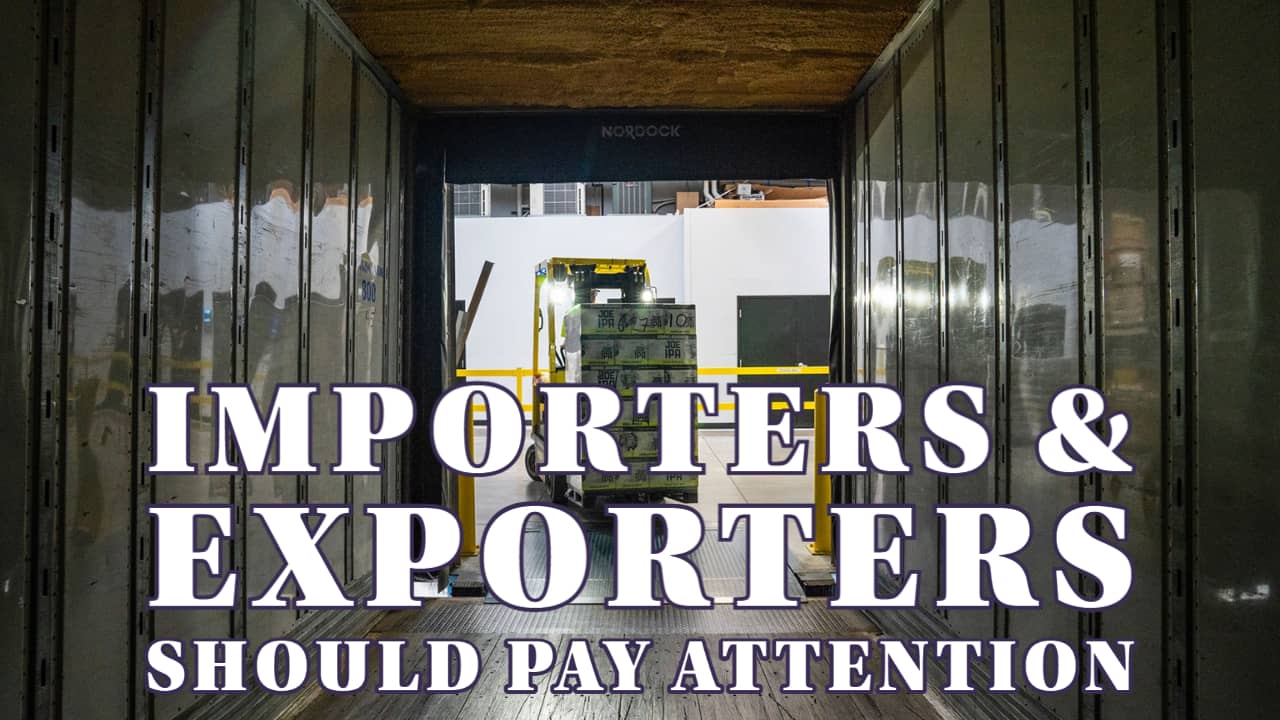
2 Reasons Why New Zealand Has Problems In The Supply Chain
3-minute read
The frustration and unpredictability of getting goods too and from New Zealand, has been discussed a lot over the past year.
Most supply chains globally were unprepared for these surges in consumer demand, but this is especially true for our country at the very end of that chain.
However, my personal view is that a number of issues and actions — or lack of actions — have compounded the problem for New Zealand.
Port of Auckland’s challenges have had a Doppler effect throughout the country. While the problems may have been at their most acute in Auckland they have been felt throughout every other port in the country, on imports or exports.
Prior to this pandemic, I’m not sure we expected that. I think there are two main reasons for this;
- The desire for shipping companies to maintain schedule integrity above almost all other considerations has led to ports being omitted or blanked, containers being dumped in ports not suited for container movements such as Northport, and a lack of visibility in the supply chain.
- Secondly, a coastal service that mainly relies on international vessels positioning full and empty containers around New Zealand as part of their international journey is a very fragile link in NZ’s supply chain and easily broken.
This affects many of our primary exporters — especially the SME’s (Small and medium-sized enterprises). I believe we need to completely revisit the coastal shipping platform if we want a more robust model able to deal with disruption in the future.
Coastal shipping has been a political football for years in New Zealand. There are complex tax, labour and pricing discussions to be had, but if we are serious about a smoother flow of cargo to and from the rest of New Zealand, outside the hub Ports of Auckland, Tauranga and Lyttelton, NZ owned coastal shipping that has the interests of NZ Inc in mind has to be a big part of the plan.
We have seen how quickly rail can get congested meaning for many importers and exporters their only option has been to use trucks. Not only is that expensive, but it goes against the Government’s desire to green the supply chain in New Zealand.
Coastal shipping is also less likely to be affected by natural disaster — provided the ports remain functional. From my observations, a further factor was that stakeholders in the New Zealand supply chain were slow to collaborate for mutual benefit, some preferring to silo to protect their own interests.
That includes Government, Ports, Shipping Lines, Transport Operators, Logistics companies and importing and exporting representatives.
CBAFF (Customs Brokers and Freight Forwarders Federation of New Zealand Inc) has attended recent forums organised by the MOT (Ministry of Transport) where these stakeholders were represented and some good ideas shared, but these meetings were slow in coming when compared with our Australian cousins.
There could certainly have been greater clarity at Government level around who was the lead agency to facilitate these discussions and look for solutions to the frustration many of us were — and still are — experiencing.
As for a light at the end of the tunnel, it remains a faint glimmer. To function properly, Ports of Auckland needs to re-establish accurate berthing windows. Port management say they should be back to accurate berthing dates this month — let’s hope that happens.
In order for the port to function properly, the shipping lines also need to believe the congestion problems are over and start re-scheduling calls to the port. The shortage of space capacity for export containers continues and is likely throughout 2021 and into next year.
The situation of more cargo than there is space on vessels is likely to keep ocean freight rates — and shipping company profits — high well into 2022. While it’s hoped the vaccination programme and increasing travel bubbles will see more capacity return to the air cargo market — and Tasman rates have dropped slightly, Europe, Asia and the Americas remain at historically high levels, with significant capacity constraints.
These are just some aspects of a changed world and there will likely be further changes to come.
SOURCE: Chris Edwards, President, CBAFF
P.S. Easy Freight Ltd helps New Zealand importers & exporters to save money on international freight and reduce mistakes by guiding how to comply with Customs and biosecurity rules.
➔ Contact us now to learn how we can assist you.
